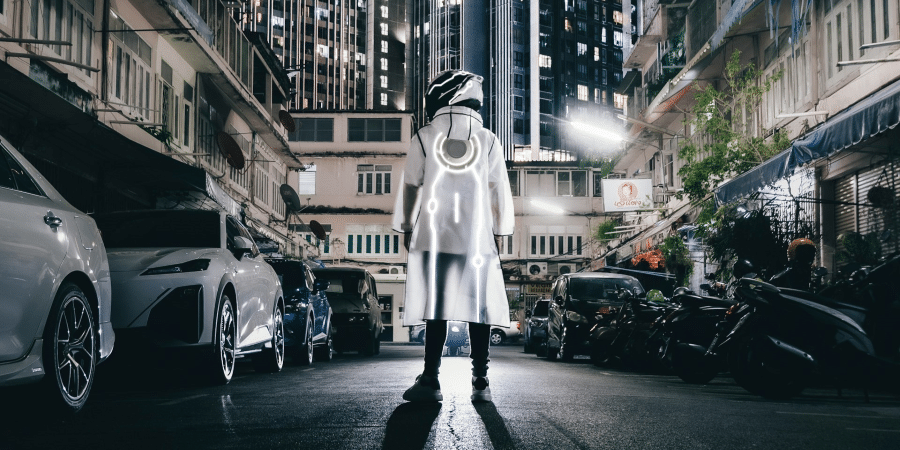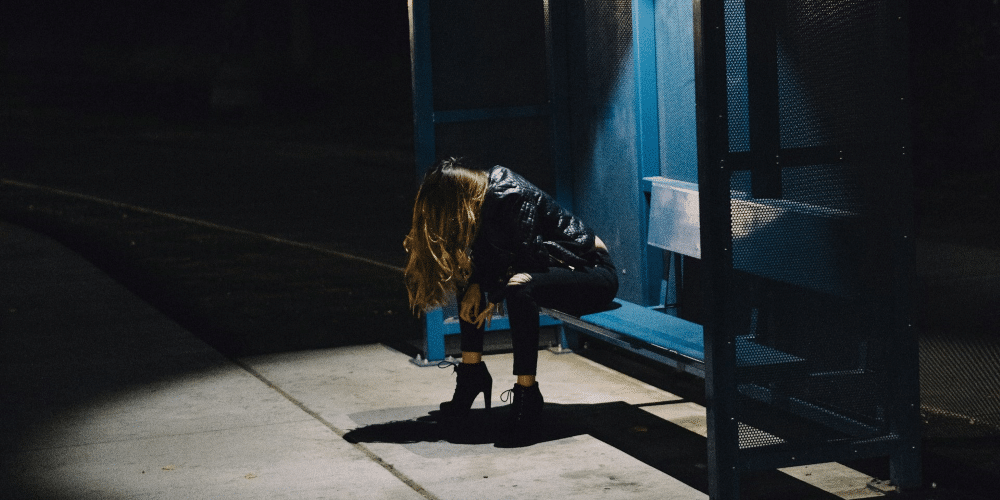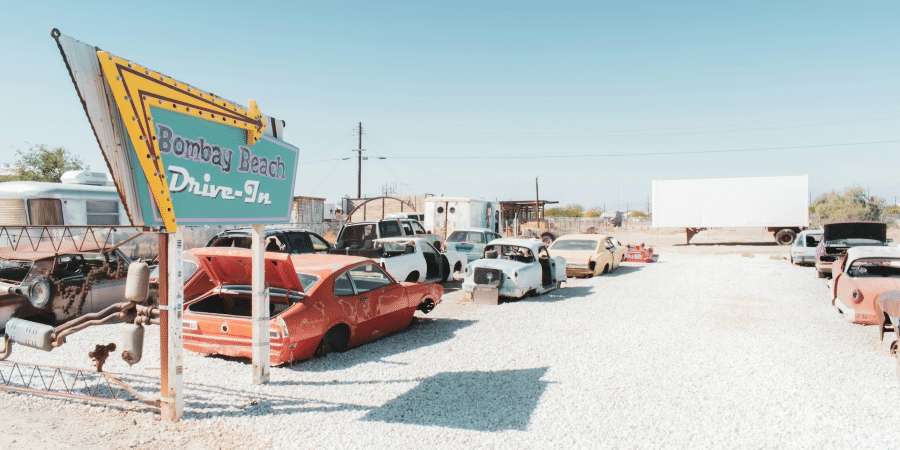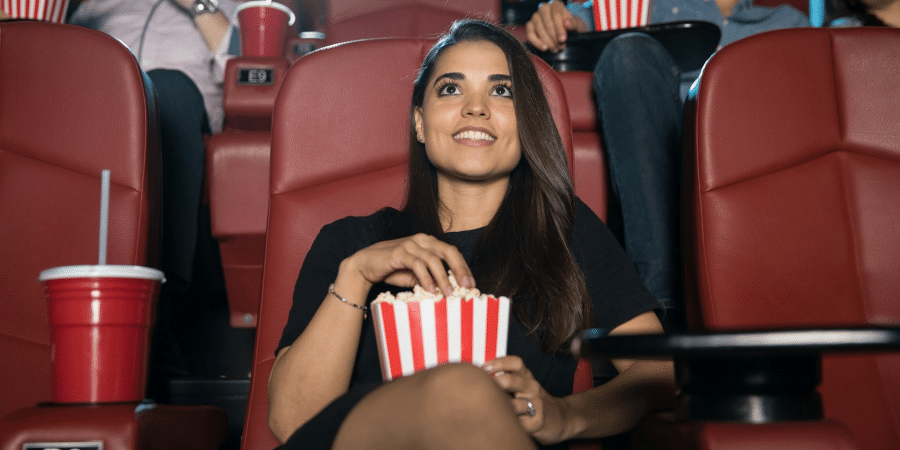Beyond the Fabric: How Costume Designers Weave the Magic of Film
Imagine a history epic where the actors wear ripped jeans and t-shirts. Or a futuristic space adventure where everyone’s rocking puffy shoulder pads. It would be jarring, right? The success of a film hinges on a multitude of factors, and one often-overlooked element is the costume designer.
These unsung heroes are the weavers of cinematic magic, using clothing to visually transport audiences, flesh out characters, and elevate the storytelling to a whole new level. Let’s delve into the world of costume design and explore why these creative minds can literally make or break a film.
Setting the Scene: Costumes as Time Machines
A costume designer’s role goes far beyond picking out pretty clothes. They’re meticulous researchers, historians, and storytellers who use clothing to transport audiences to different eras and worlds (a recent article in The Atlantic highlights the importance of costume design in creating a believable historical setting). Imagine a medieval fantasy film where the costumes are meticulously researched, from the armor of the knights to the flowing gowns of the noblewomen. These details instantly immerse the audience in the world of the film, setting the stage for the story to unfold.
Furthermore, costumes can be powerful tools for world-building in science fiction or fantasy films. Think of a futuristic space opera where the costumes reflect the social hierarchy and technological advancements of the society. The sleek metallic uniforms of the space marines contrasted with the tattered clothing of the oppressed civilians paint a vivid picture of this dystopian world. Through costume design, the audience can glean information about the characters’ social status, cultural norms, and even the prevailing technology of the time.
Dressing the Story: Costumes as Character Revelations
A costume isn’t just something an actor wears; it’s an extension of their character. A skilled costume designer uses clothing to reveal a character’s personality, backstory, and even their emotional state (a study published in the Journal of Experimental Psychology explores the link between clothing and our perception of others). Imagine a shy, introverted character who wears oversized clothing that seems to swallow them whole. This visual choice speaks volumes about the character’s discomfort in their own skin and their desire to blend in.
Furthermore, costumes can be used to showcase a character’s growth and transformation throughout the film. Think of a war film where a soldier’s pristine uniform becomes progressively more tattered and battle-worn as the story unfolds. This visual transformation reflects the physical and emotional toll that war takes on the character. Costumes can be subtle storytellers, revealing hidden depths and unspoken emotions that words alone cannot express.
The impact of a costume designer’s work extends beyond the visual. The right outfit can influence an actor’s performance. Imagine an actor who feels powerful and confident in a well-tailored suit, allowing them to embody the character with greater conviction. Costumes can become a physical extension of the character, empowering the actor and elevating their performance.
In conclusion, costume designers are the silent storytellers of cinema. Through their meticulous research, creative vision, and keen understanding of character development, they use clothing to transport audiences, flesh out characters, and weave a richer, more immersive cinematic experience.
The next time you watch a film, take a moment to appreciate the artistry of the costume designer. You might be surprised at how much a well-chosen outfit can tell you about the story and the characters themselves.
After all, in the world of filmmaking, every detail matters, and the costume designer plays a vital role in ensuring that every stitch contributes to the tapestry of the film’s narrative. From the meticulously researched historical garments to the futuristic creations that push the boundaries of imagination, costume designers are the unsung heroes who ensure that the characters on screen not only look the part, but live and breathe within the world of the film.













